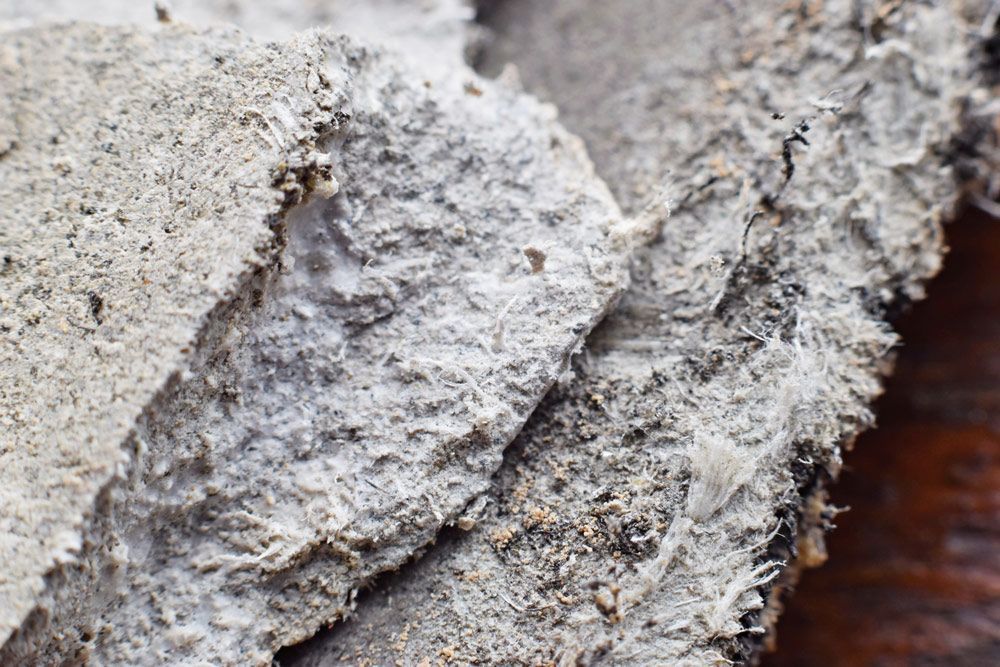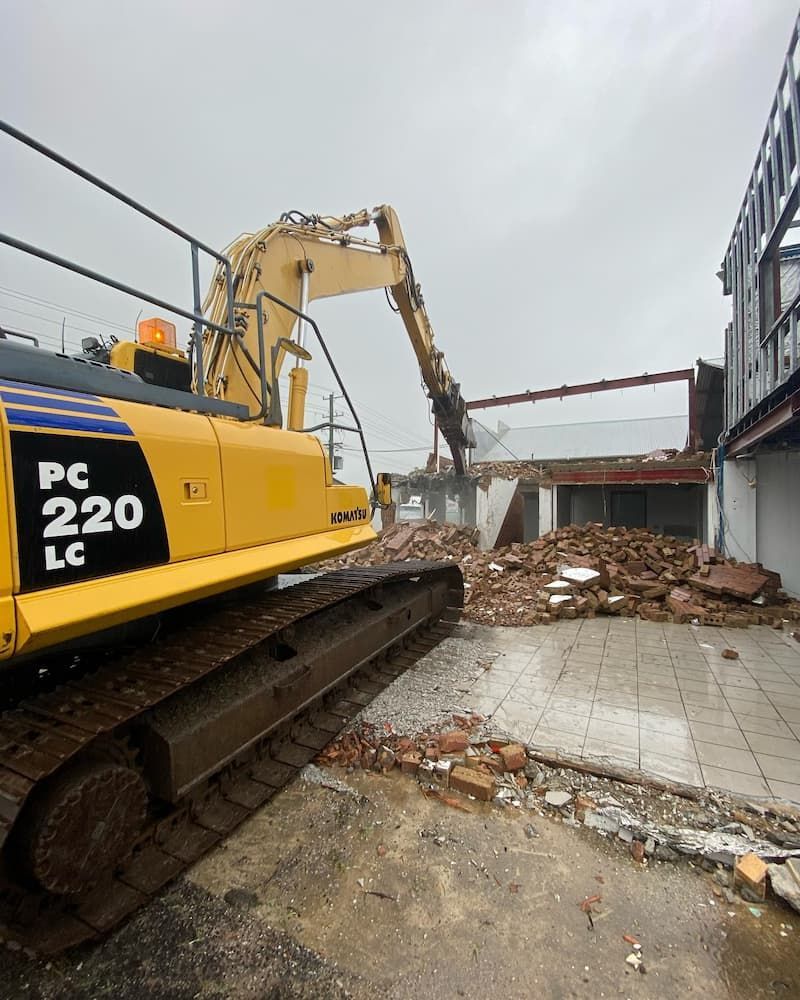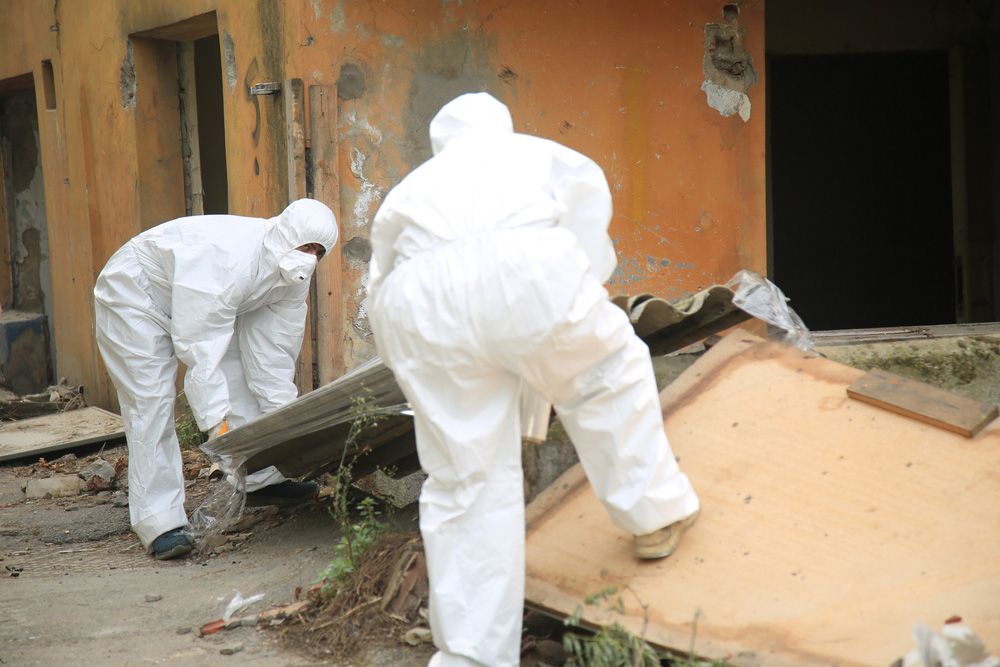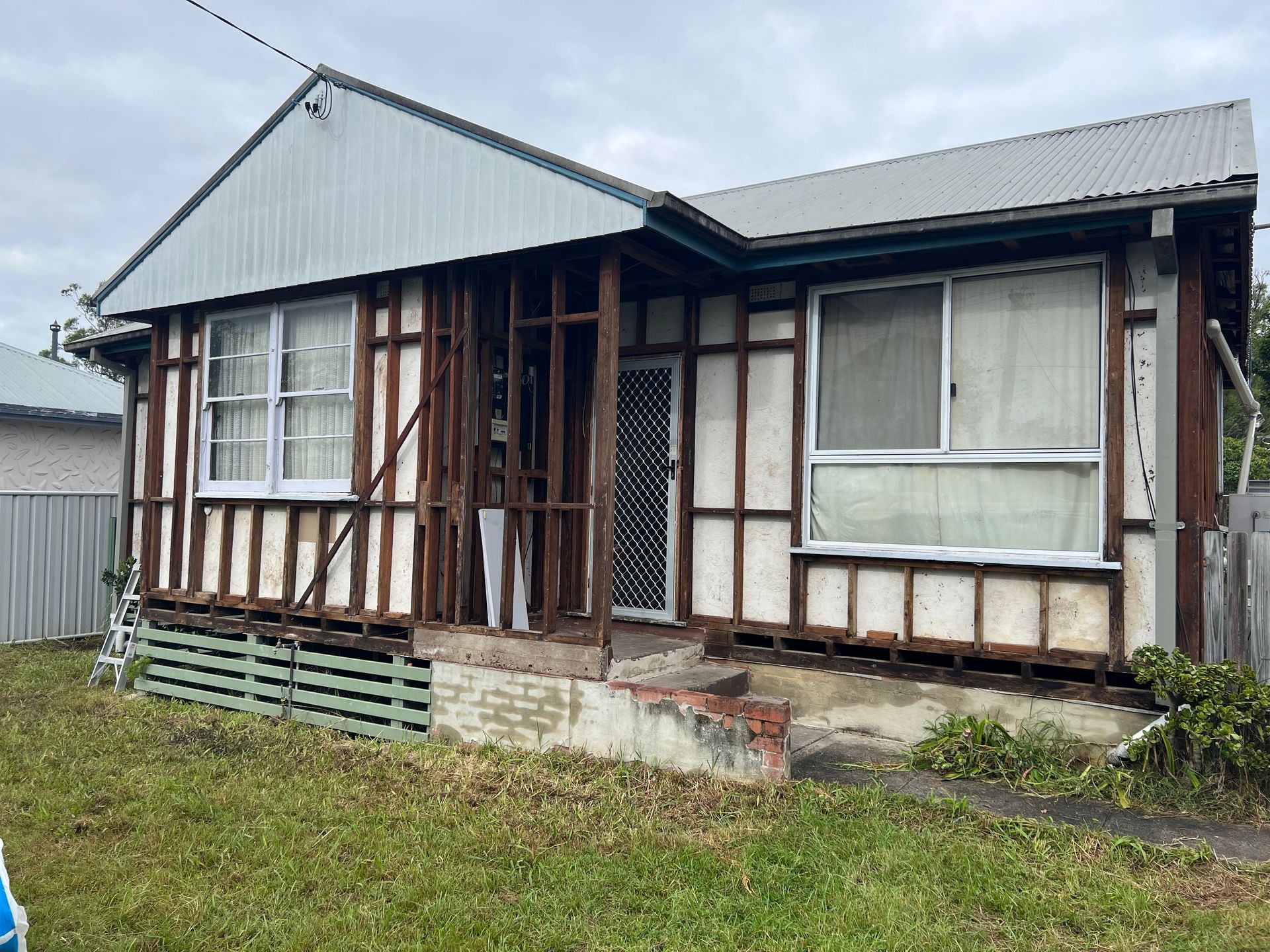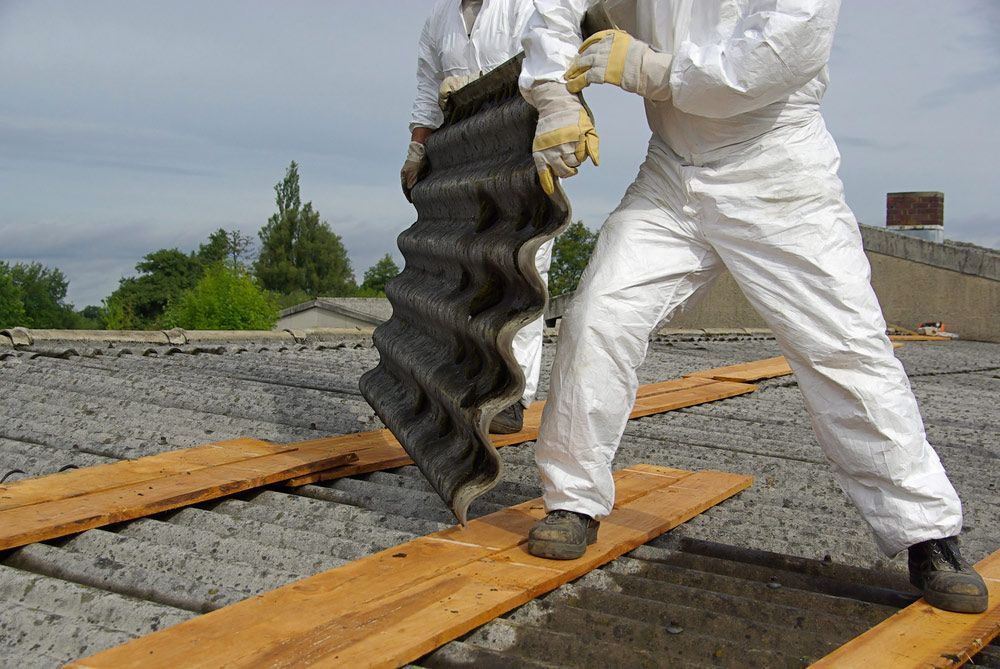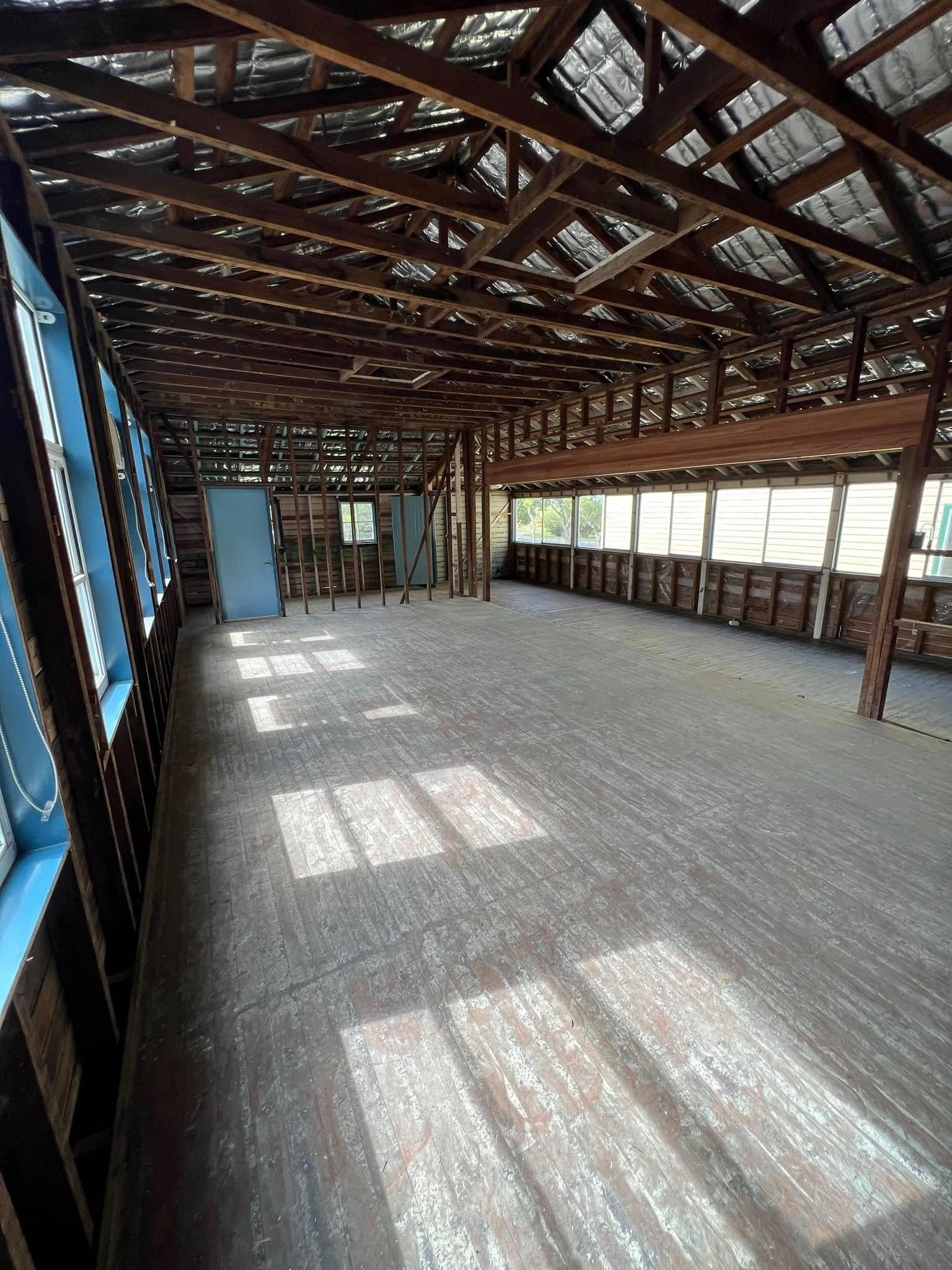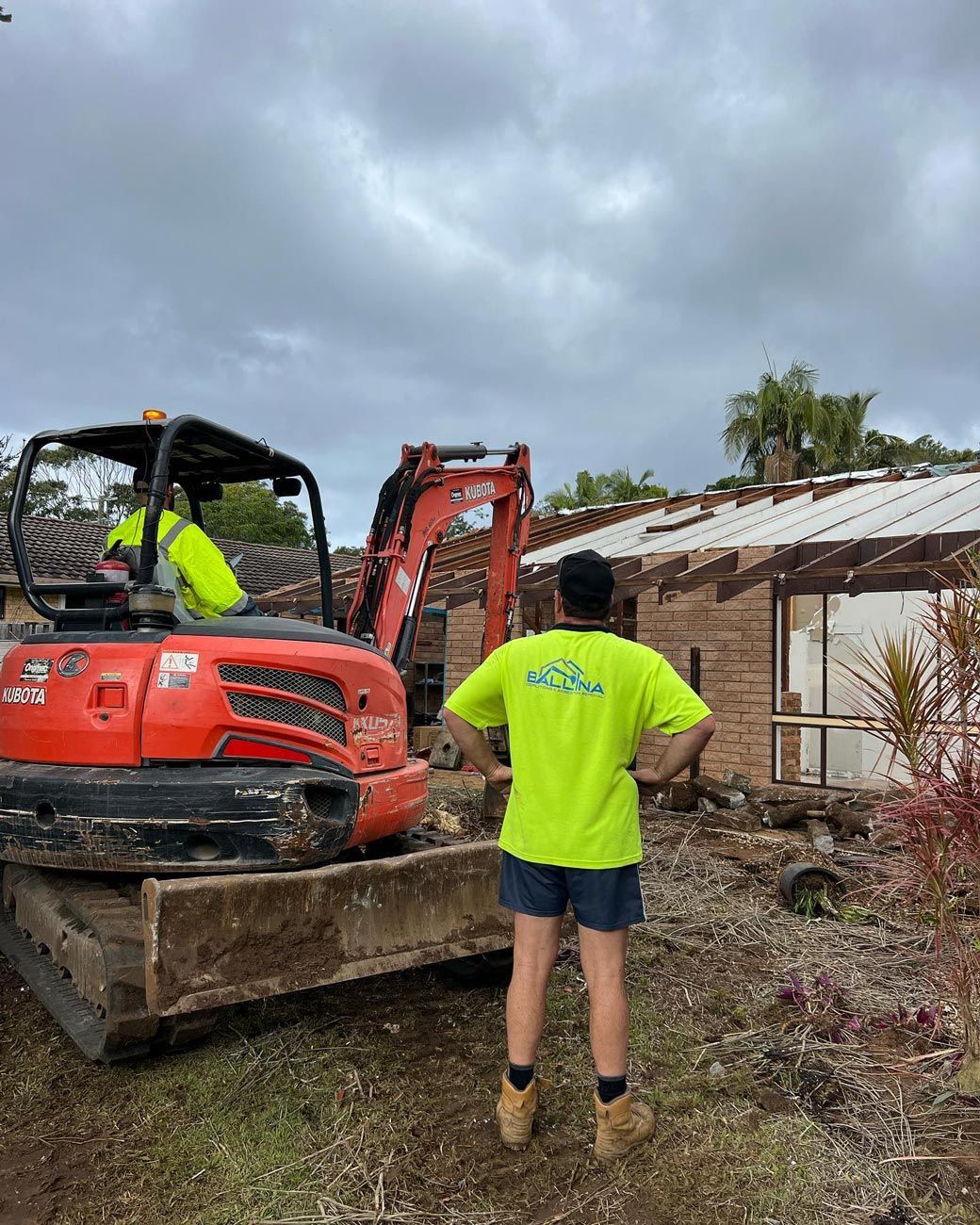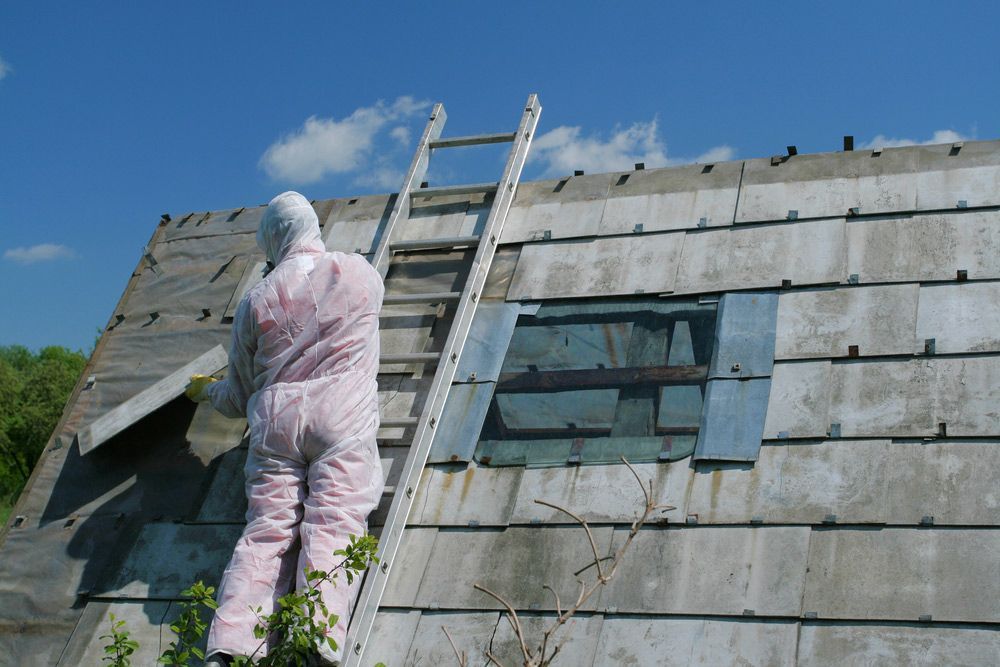Does Asbestos Poison The Air & The Ground?
Table of Contents:
- 1. What Is Asbestos & Why Is It Dangerous?
- 2. Asbestos & Air Pollution: What You Need to Know
- 3. How Asbestos Can Contaminate the Ground
- 4. Signs You May Be at Risk of Asbestos Contamination
- 5. Why Professional Asbestos Removal Matters
- 6. Protecting Your Health & Environment in Ballina
- 7. Contact Ballina Demolitions Today
Asbestos was once hailed as a “miracle material,” used widely for its heat resistance, strength, and insulating properties. But today, it's known for something much more dangerous—its potential to cause serious health issues when fibres are released into the air or leach into the environment. If you're a homeowner, business owner, or someone responsible for managing a property, understanding how asbestos affects the air and the ground is essential.
In this blog, we’ll explore the risks of asbestos contamination, how it can impact both air and soil and why working with professionals is critical.
What Is Asbestos & Why Is It Dangerous?
Asbestos refers to a group of naturally occurring fibrous minerals that were widely used in construction materials, insulation, fireproofing, and more. While asbestos fibres are microscopic and not visible to the naked eye, they become hazardous when disturbed—whether during a renovation, demolition, or even from natural wear and tear of older materials.
When these fibres become airborne, they can be inhaled or ingested. This is where asbestos health risks come into play. Prolonged exposure has been linked to serious conditions. The danger lies in how persistent and invasive these fibres can be. Once airborne, they can travel and settle on surfaces, clothing, and even soil—posing long-term risks if not properly addressed.
Asbestos & Air Pollution: What You Need to Know
Asbestos air pollution is a real concern, especially during the demolition or renovation of older buildings. Disturbing asbestos-containing materials (ACMs) without the proper safety precautions can release thousands of fibres into the air.
These fibres don't break down or dissolve easily, which means they can linger in the environment long after the initial disturbance. Indoors, this can happen during:
- Ceiling or wall repairs.
- Drilling or sanding of asbestos sheeting.
- Removal of old floor tiles or roofing.
- Untrained removal efforts.
Outdoors, wind can carry fibres into the surrounding area. Nearby homes, schools, or businesses may be unknowingly exposed. For this reason, professional asbestos removal services are not just recommended—they're essential.
Professionals follow strict safety protocols and regulations to ensure asbestos-containing materials are safely removed, contained, and disposed of, minimising the risk of airborne contamination.
How Asbestos Can Contaminate the Ground
When people think of asbestos, they often imagine it in the air. However, asbestos contamination can also affect the ground, especially if debris from asbestos-containing materials is dumped or buried without proper handling.
Soil can become contaminated through:
- Improper disposal of ACMs.
- Building waste left on-site after demolition.
- Old asbestos fences, sheds, or piping breaking down over time.
- Illegal dumping.
Contaminated soil presents ongoing risks. If the soil is disturbed—by construction, landscaping, or even erosion—fibres can become airborne again, repeating the cycle of exposure. Children playing in contaminated areas, pets digging in the soil, or workers moving the earth can all unintentionally inhale asbestos fibres.
Signs You May Be at Risk of Asbestos Contamination
Asbestos doesn’t have a smell or visible warning sign, which makes it hard to detect without proper inspection. However, there are a few telltale indicators that asbestos may be present in your environment:
- Your home or building was built before the late 1980s
- You’ve discovered damaged or ageing fibro sheeting, pipes, or insulation
- There is a history of renovations or additions without asbestos clearance
- There are buried building materials or debris in your yard
If you’re unsure, don’t guess. Contacting a licensed asbestos professional for an inspection is the safest way forward.
Why Professional Asbestos Removal Matters
The dangers of asbestos—whether found in the air or the ground—can’t be overstated. Exposure to asbestos fibres is a serious health risk, and improper handling can spread contamination even further. This isn’t something to tackle as a DIY project or leave to chance. Attempting to remove asbestos without proper training and equipment can increase your exposure risk and potentially create legal liabilities if the materials are not disposed of correctly.
Engaging a qualified asbestos removal team ensures that the process is done safely, thoroughly, and in full compliance with legal requirements. Here’s what a professional asbestos removal process typically includes:
- Site Inspection and Testing: Professionals begin with a detailed inspection of the property to identify any materials that may contain asbestos. Testing is conducted in accredited labs to confirm the presence and type of asbestos.
- Risk Assessment and Control Plan: Once asbestos is identified, a tailored removal plan is developed. This includes assessing how the fibres could be disturbed, what precautions need to be taken, and how to minimise exposure during the process.
- Safe Removal Using Specialised Equipment: The removal itself involves containment measures such as sealing off affected areas, using negative air pressure systems, and wearing personal protective equipment (PPE). Specialised tools and vacuum systems designed for hazardous materials are used to safely handle and remove the asbestos.
- Secure Transport and Disposal: Asbestos waste must be carefully bagged, labelled, and transported to designated disposal facilities that are authorised to handle hazardous materials. This step is heavily regulated and must be done in accordance with local and national environmental standards.
- Final Clearance and Certification: After removal, the site is cleaned, and air monitoring may be performed to ensure that no fibres remain. Once the area is confirmed to be safe, a clearance certificate is issued—providing reassurance that your property is now free from asbestos contamination.
Protecting Your Health & Environment in Ballina
Whether you’re planning a renovation, managing an older property, or concerned about possible asbestos health risks, taking proactive steps is key. Air and soil contamination doesn’t always come with obvious signs, but the consequences of inaction can be serious.
For residents and property owners in Ballina, working with a trusted local provider means you’re not just removing asbestos—you’re protecting your family, staff, neighbours, and the environment. They understand the local building landscape, the unique risks of coastal properties, and the right way to handle asbestos safely and legally.
Contact Ballina Demolitions Today
So, does asbestos poison the air and the ground? Unfortunately, yes. When left unmanaged or improperly removed, asbestos can lead to long-term contamination of both air and soil, endangering health and safety. But with the right help, these risks can be managed and eliminated.
Whether you're facing a renovation, demolition, or just want to be sure your property is safe,
professional Ballina asbestos removal is the solution.
Contact
Ballina Demolitions today.

